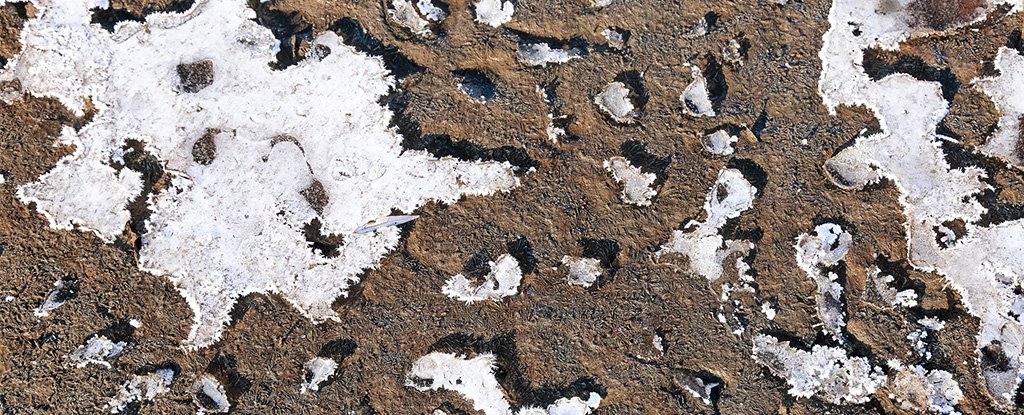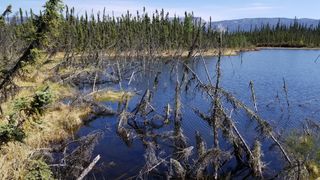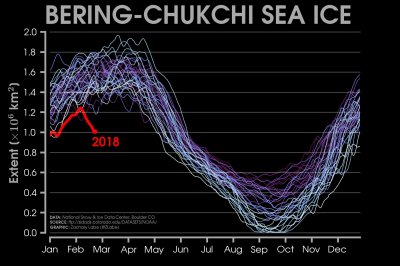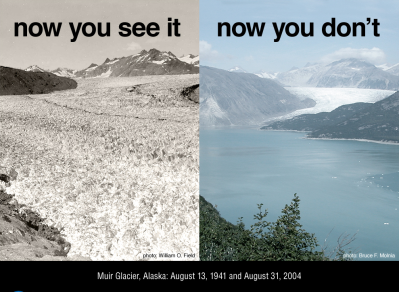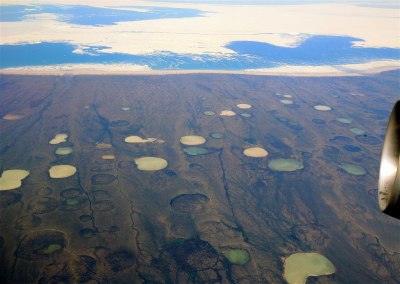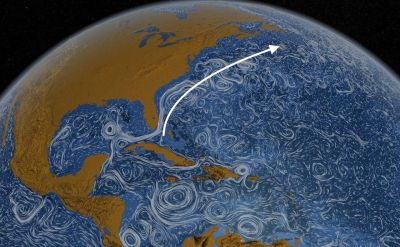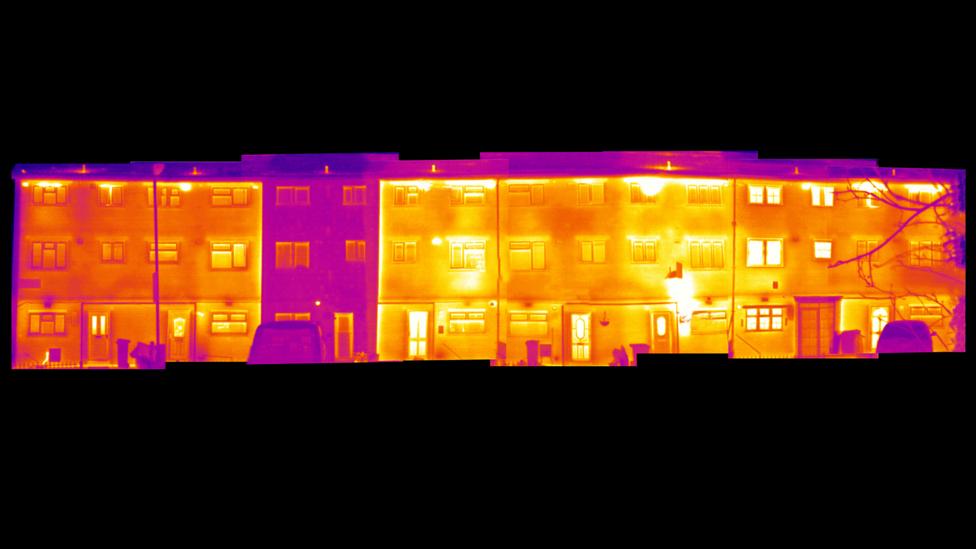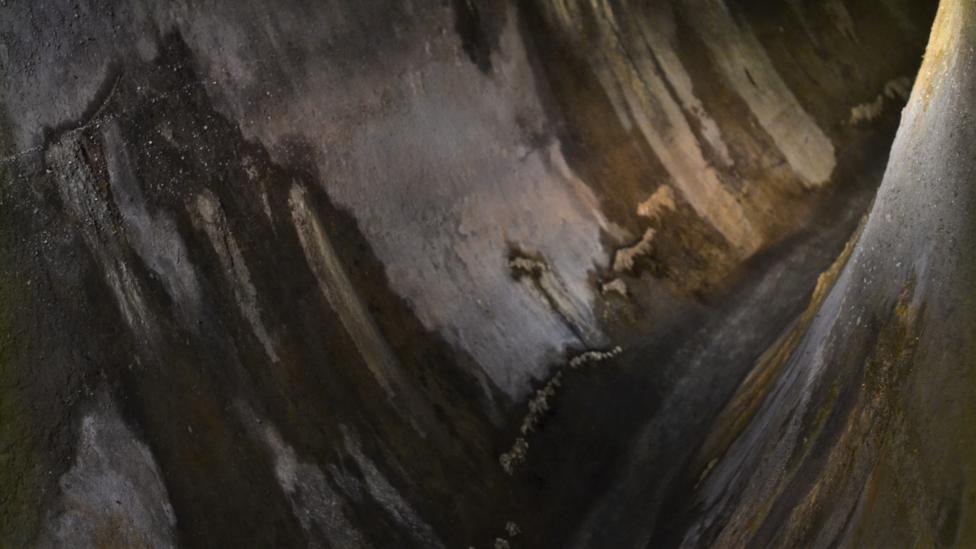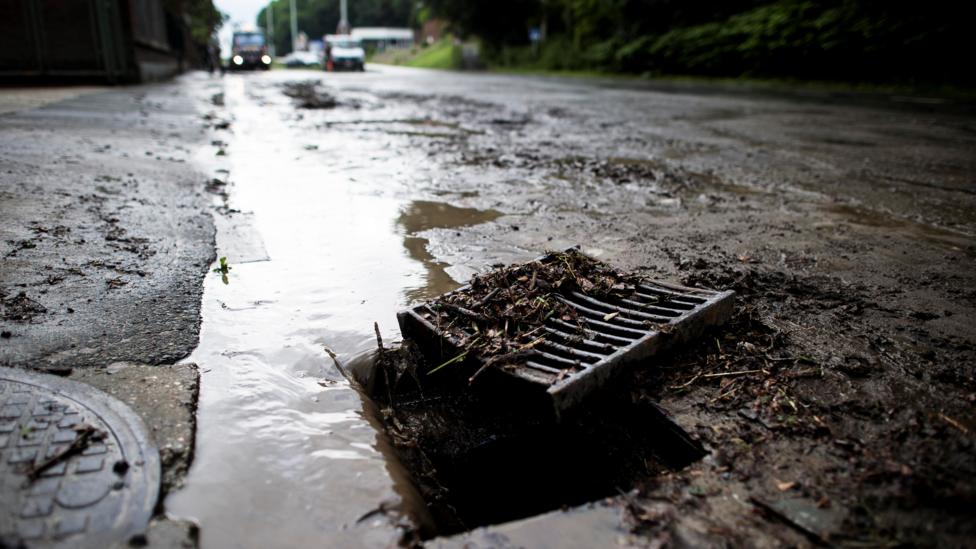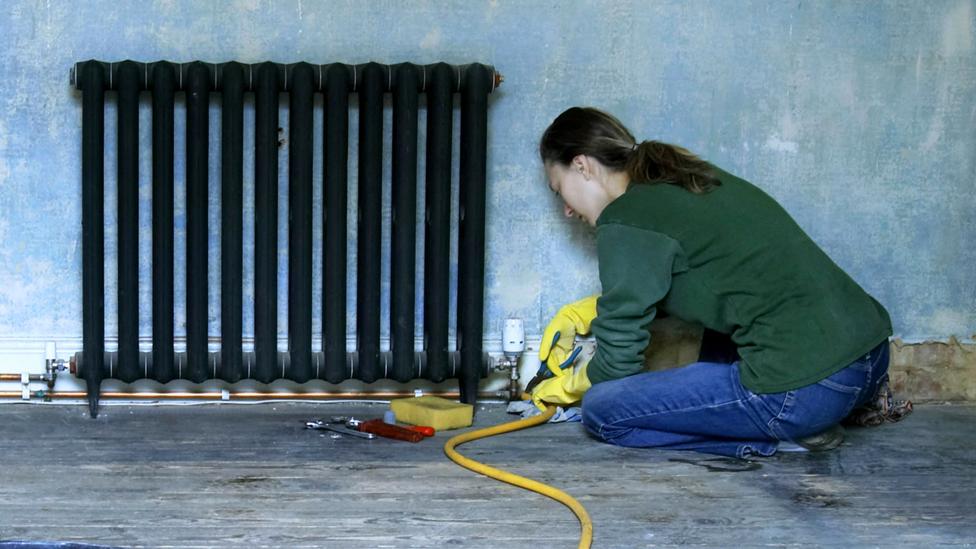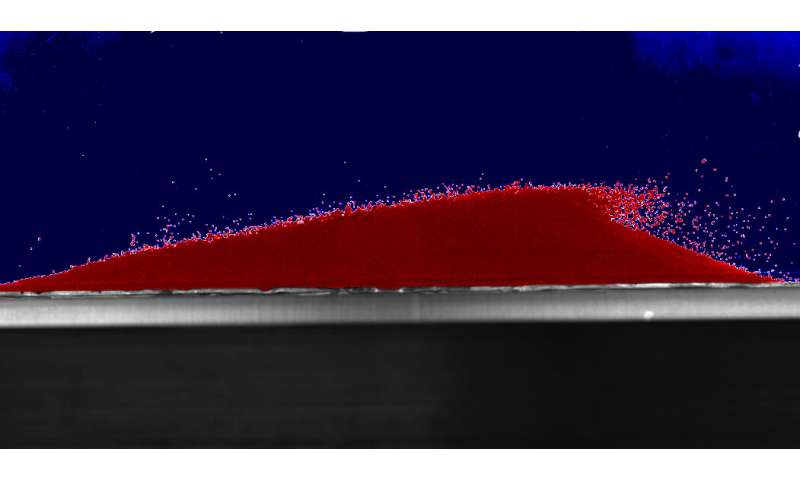Jackass penguins have a jackass language not so different from English
The braying songs of African "jackass" penguins follow two extremely common rules of human language
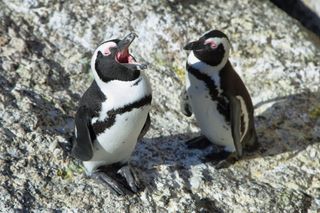
A braying African penguin — or "jackass penguin" — respects the linguistic laws of English while honking at his friend. (Image: © Shutterstock)
African penguins (Spheniscus demersus) bear the unfortunate nickname "jackass penguins" because they communicate through honking, donkey-like brays. Laugh at them if you like, but a new study suggests that their jackass language actually follows the same basic linguistic rules as ours.
In the study, published Wednesday (Feb. 5) in the journal Biology Letters, researchers recorded nearly 600 vocalizations from 28 adult male penguins living in Italian zoos. (Males tend to vocalize a lot during the mating period, which is why the researchers turned to this population). The scientists knew from prior research that African penguins honk using three distinct types of sound, reminiscent of human syllables, when greeting one another, mating, or defending territory. But the researchers wanted to know whether those "syllables" followed two common linguistic rules.
One of those rules, called Zipf's law of brevity, was proposed in 1945 by linguist George Zipf. The law states that the more frequently a word is used in any language, the shorter it tends to be (think of words like "the," "to" and "of" in English). Previous studies have analyzed more than 1,000 world languages for evidence of Zipf’s law, and the rule holds up in all of them.
The other rule, known as the Menzerath-Altmann law, says that the longer a word or phrase is, the shorter its constituent syllables are, while shorter words are more likely to have longer syllables. (The word "onomatopoeia," for example, is made of six very short syllables, while "couch" is made of one longer one.) Prior studies have shown that nonhuman primates conform to both these rules when they communicate with each other, but what about jackass penguins?
The researchers in the new study found that, yes, the songs of the male jackass penguin conform to both Zipf's and Menzerath-Altmann's laws: The shortest calls tended to be the most common, and the longest phrases were made up of the shortest syllables. This jackass study provided the first nonprimate evidence that these common linguistic patterns extend into the animal kingdom, the authors wrote, and that's nothing to hem and haw at.
- In photos: The emperor penguin's beautiful and extreme breeding season
- Photos of flightless birds: All 18 penguin species
- In photos: The adorable Adélie penguins of Antarctica
Originally published on Live Science.
Penguin language obeys same rules as human speech.
Experts believe they have found the 'first compelling evidence' for conformity to linguistic laws in non-primate species
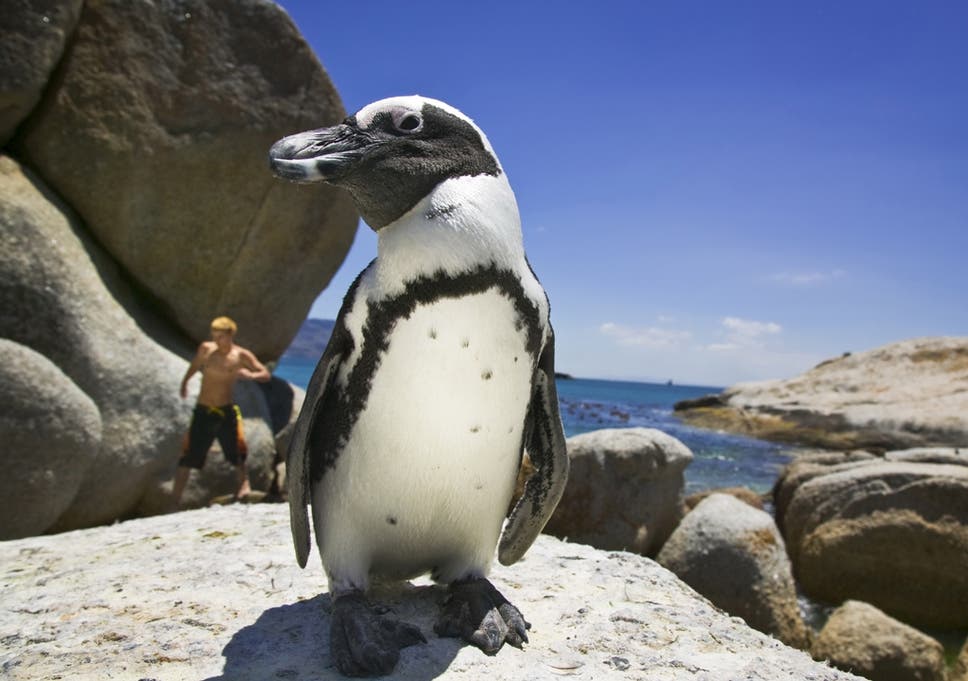
The flightless birds are known for exhibiting a number of traits shared with humans – including monogamous relationships, same sex partnerships and, according to some studies, prostitution ( Rex Features )
Penguin small talk follows some of the same principles as chatter amongst people, scientists have found.
The flightless birds are known for exhibiting a number of traits shared with humans – including monogamous relationships, same sex partnerships and, according to some studies, prostitution.
Now a new study from the University of Torino has found the animals obey some of the same rules of linguistics as humans.
The animals follow two main laws - that more frequently used words are briefer (Zipf's law of brevity), and longer words are composed of extra but briefer syllables (the Menzerath-Altmann law).
Scientists say this is the first instance of these laws observed outside primates, suggesting an ecological pressure of brevity and efficiency in animal vocalisations.
California Academy of Sciences’ Natural World photography competition
Show all 11

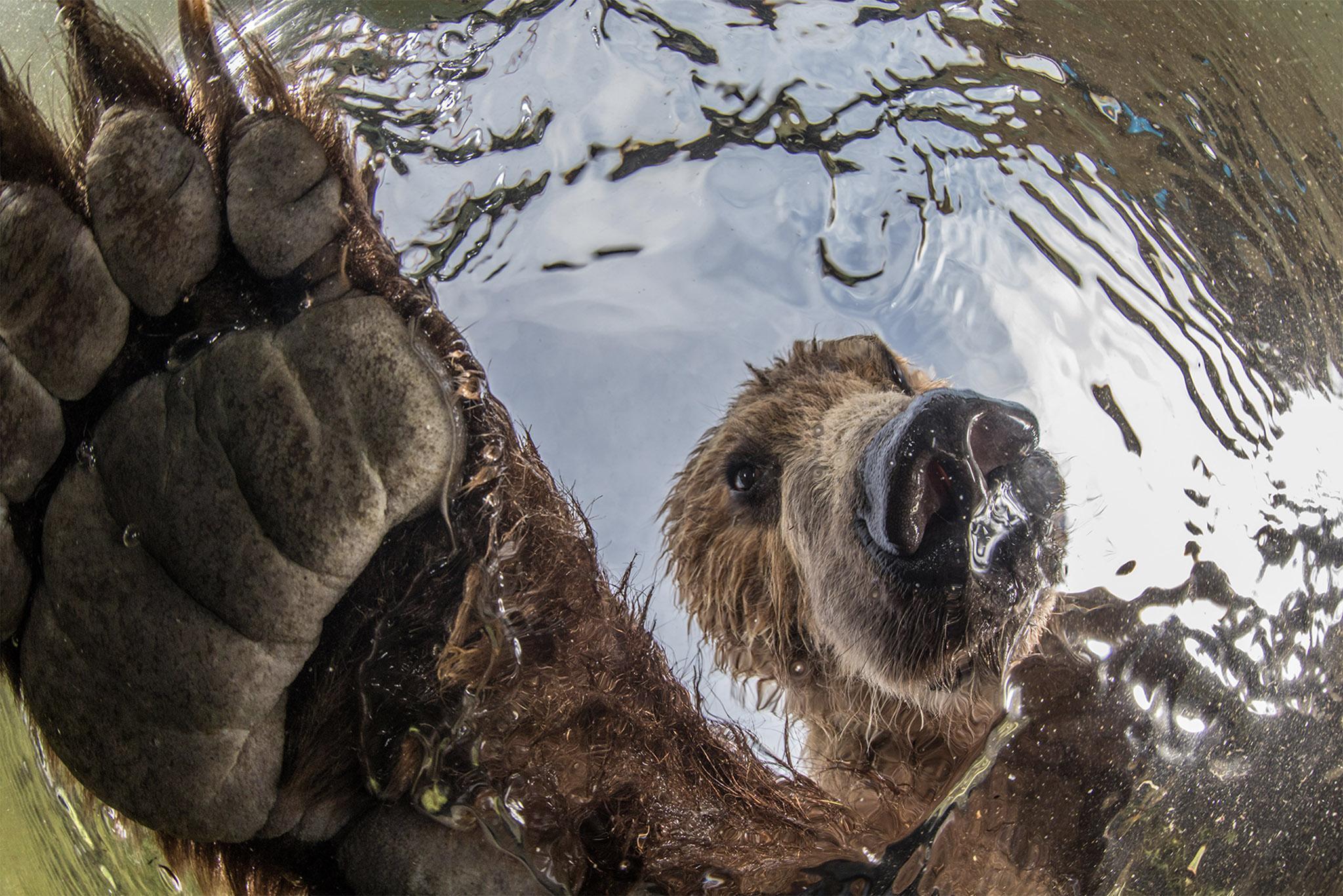
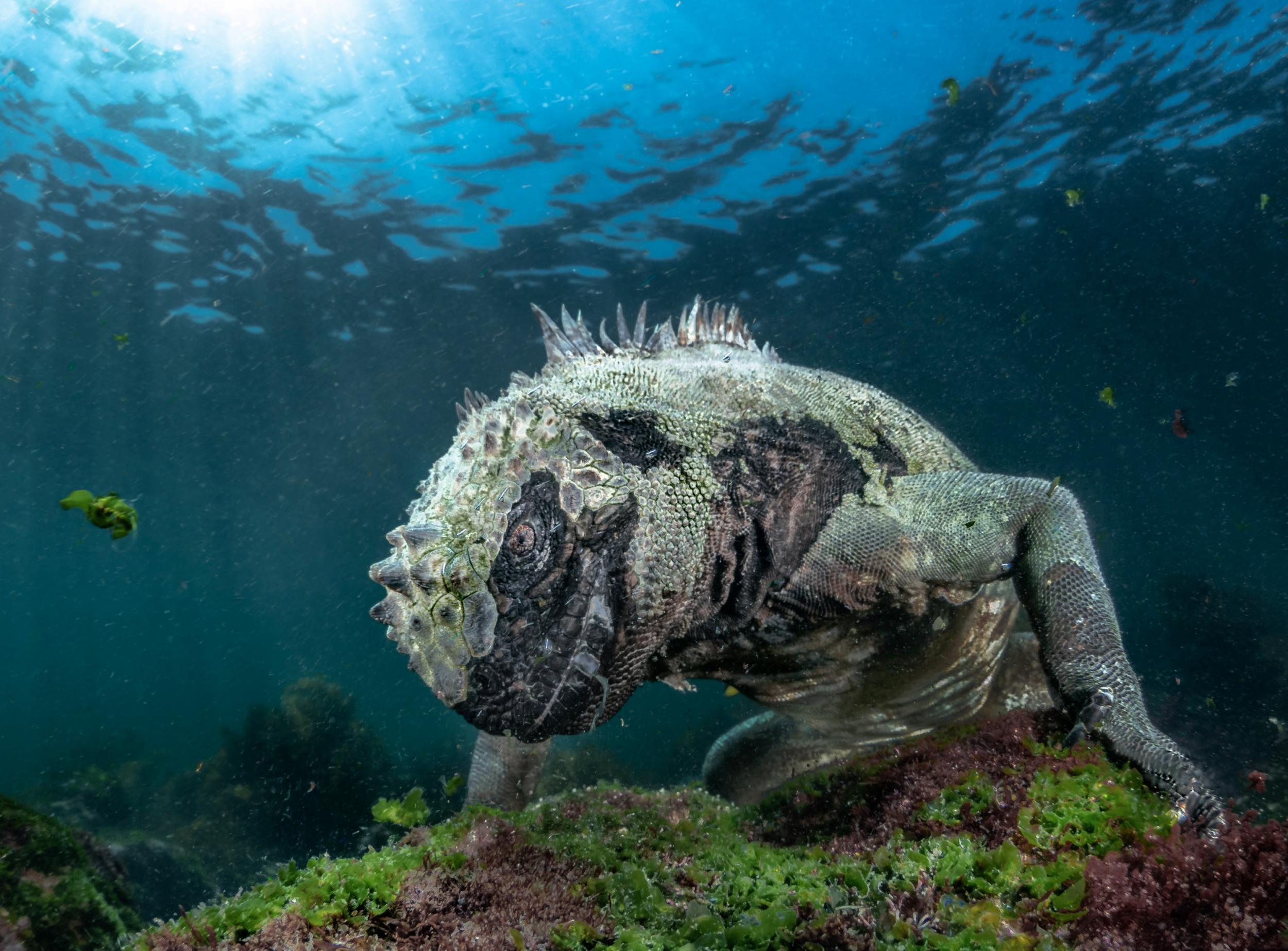

Information compression is a general principle of human language.
According to the study published in the Biology Letters journal, display songs of the endangered African penguin conform to both Zipf's law of brevity and Menzerath-Altmann law.
The research was led by the Equipe de Neuro-Ethologie Sensorielle of the University of Lyon/Saint-Etienne.
Dr Livio Favaro, of the University of Torino and colleagues say this is the first evidence of conformity to the universal principles of compression in the vocal sequences of a non-primate species.
Researchers recorded and analysed 590 ecstatic display songs from 28 adult African penguins, belonging to three different colonies in Italian zoos, during the breeding periods in 2016 and 2017.
Read more
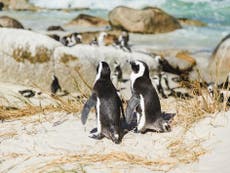
Woman apologises for getting ‘too close’ to penguins having sex
They found the words used most often by the flightless birds were the shortest, while the longest words were made up of extra but shorter syllables.
The study sets out: "Our results demonstrate that ecstatic display songs of the African penguin follow Zipf's Law of Brevity and the Menzerath-Altmann Law.
"This is the first compelling evidence for conformity to linguistic laws in vocal sequences of a non-primate species.
"As predicted, we found that the duration of the syllables was inversely correlated with the frequency of occurrence."
The authors add: "We suggest that relationships between element duration, frequency of use and song size are mainly a consequence of vocal production constraints interacting with selective pressures for intersexual mate choice and territorial defence in dense colonies.
"Importantly, our results suggest for the first time that information compression can coexist with other sources of selection in a non-primate species with a small and relatively fixed vocal system."
Additional reporting by PA.
They found the words used most often by the flightless birds were the shortest, while the longest words were made up of extra but shorter syllables.
The study sets out: "Our results demonstrate that ecstatic display songs of the African penguin follow Zipf's Law of Brevity and the Menzerath-Altmann Law.
"This is the first compelling evidence for conformity to linguistic laws in vocal sequences of a non-primate species.
"As predicted, we found that the duration of the syllables was inversely correlated with the frequency of occurrence."
The authors add: "We suggest that relationships between element duration, frequency of use and song size are mainly a consequence of vocal production constraints interacting with selective pressures for intersexual mate choice and territorial defence in dense colonies.
"Importantly, our results suggest for the first time that information compression can coexist with other sources of selection in a non-primate species with a small and relatively fixed vocal system."
Additional reporting by PA.
Jackass penguin call shares traits of human speech, scientists say
Researchers analysed 590 recordings taken in Italian zoos of birds’ distinctive sound
Nicola Davis@NicolaKSDavis Wed 5 Feb 2020
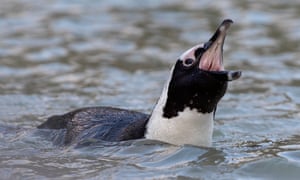
The African penguin is also known as the jackass penguin
because of its distinctive sound – like a braying donkey
in distress. Photograph: Nic Bothma/EPA
The call of the jackass penguin, a wheezing bray that sounds like a donkey in distress, follows some of the same linguistic laws found in human languages, scientists have found.
Researchers say that, just like in our own speech, more frequently used sounds within the call tend to be shorter, while the longer the call, the shorter the sounds within it. It is the first time this pattern has been shown outside primates.
“We can probably find many other species that conform to these laws because this is probably a general principle, rather than something related to human language specifically,” said Dr Livio Favaro, a co-author of the research now at the University of Turin.
Prof Stuart Semple of the University of Roehampton, who was not involved in the work but has previously conducted similar research in non-human primates, said the new study adds weight to the idea that animals tend to convey information in the most efficient way. Such an approach is known as “compression” and is also seen in systems such as morse code where the most commonly used letters have the simplest and shortest sounds – either a dot or a dash.
“If you have compression in the communication system it is more efficient,” said Semple. “So it is the sort of thing that evolution will have acted on because animals that communicate efficiently are expending less energy.”
Writing in the journal Biology Letters, Favaro and colleagues describe how they analysed 590 vocalisations recorded from 28 adult African penguins – also known as jackass penguins because of their distinctive sound – that live in Italian zoos.
These vocalisations were so-called “ecstatic display songs” – calls, typically uttered by males, that communicate an individual’s identity, tell rivals that territory is taken, and help the birds bag a mate.
These songs are made up of sequences of three distinctive types of sound – or syllables.
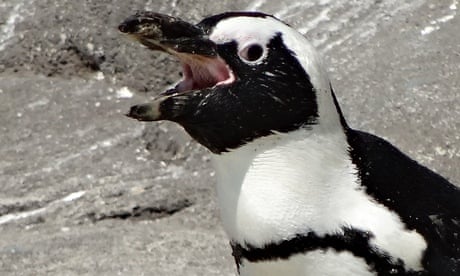
The call of the jackass penguin, a wheezing bray that sounds like a donkey in distress, follows some of the same linguistic laws found in human languages, scientists have found.
Researchers say that, just like in our own speech, more frequently used sounds within the call tend to be shorter, while the longer the call, the shorter the sounds within it. It is the first time this pattern has been shown outside primates.
“We can probably find many other species that conform to these laws because this is probably a general principle, rather than something related to human language specifically,” said Dr Livio Favaro, a co-author of the research now at the University of Turin.
Prof Stuart Semple of the University of Roehampton, who was not involved in the work but has previously conducted similar research in non-human primates, said the new study adds weight to the idea that animals tend to convey information in the most efficient way. Such an approach is known as “compression” and is also seen in systems such as morse code where the most commonly used letters have the simplest and shortest sounds – either a dot or a dash.
“If you have compression in the communication system it is more efficient,” said Semple. “So it is the sort of thing that evolution will have acted on because animals that communicate efficiently are expending less energy.”
Writing in the journal Biology Letters, Favaro and colleagues describe how they analysed 590 vocalisations recorded from 28 adult African penguins – also known as jackass penguins because of their distinctive sound – that live in Italian zoos.
These vocalisations were so-called “ecstatic display songs” – calls, typically uttered by males, that communicate an individual’s identity, tell rivals that territory is taken, and help the birds bag a mate.
These songs are made up of sequences of three distinctive types of sound – or syllables.

Secret language of penguins decoded
The team say the findings suggests the penguins’ songs follow two laws seen across a wide range of human languages as well as some, but not all, non-human primates – Zipf’s law of brevity and the Menzerath-Altmann law.
The former states that the more often a sound is used the shorter it is – in English, for example, the most common words include “the”, “to” and “of” – while the latter says that the longer a unit of language the shorter the components within it: for example cumbersome words tend to contain shorter syllables than simple ones.
“One-syllable words can be very long, like ‘strength’, but many-syllable words tend to have short syllables, like ‘pa-ra-me-ter-ise’,” said Prof Chris Kello, an expert in modelling language patterns at the University of California, Merced who was not involved in the latest research.
While the new study has limitations – including that it only looked at one form of vocalisation among the penguins – Favaro said the study shows the linguistic laws are not about language per se, as they are not linked to semantics or syntax, but are rooted more in a fundamental principle of sharing information efficiently. What’s more, he added, the research reveals the interplay of different evolutionary pressures, such as the need to convey the size of the animal and its identity, all while communicating efficiently.
Kello welcomed the study. “Linguistic laws, like Zipf’s law of brevity and the Menzerath-Altmann law, were originally discovered in text,” he said, noting that meant it was initially thought that they arose from the symbolic nature of human language.
“This new study provides more evidence that the laws are physical and not symbolic, because even penguins show them. Instead, the laws seem to reflect something deeper and more general about communication and information.”
The team say the findings suggests the penguins’ songs follow two laws seen across a wide range of human languages as well as some, but not all, non-human primates – Zipf’s law of brevity and the Menzerath-Altmann law.
The former states that the more often a sound is used the shorter it is – in English, for example, the most common words include “the”, “to” and “of” – while the latter says that the longer a unit of language the shorter the components within it: for example cumbersome words tend to contain shorter syllables than simple ones.
“One-syllable words can be very long, like ‘strength’, but many-syllable words tend to have short syllables, like ‘pa-ra-me-ter-ise’,” said Prof Chris Kello, an expert in modelling language patterns at the University of California, Merced who was not involved in the latest research.
While the new study has limitations – including that it only looked at one form of vocalisation among the penguins – Favaro said the study shows the linguistic laws are not about language per se, as they are not linked to semantics or syntax, but are rooted more in a fundamental principle of sharing information efficiently. What’s more, he added, the research reveals the interplay of different evolutionary pressures, such as the need to convey the size of the animal and its identity, all while communicating efficiently.
Kello welcomed the study. “Linguistic laws, like Zipf’s law of brevity and the Menzerath-Altmann law, were originally discovered in text,” he said, noting that meant it was initially thought that they arose from the symbolic nature of human language.
“This new study provides more evidence that the laws are physical and not symbolic, because even penguins show them. Instead, the laws seem to reflect something deeper and more general about communication and information.”
Penguin calls found to conform to human linguistic laws

A team of researchers from France and Italy has found that African penguin calls conform to linguistic laws used by humans. In their paper published in the journal Biology Letters, the group describes their study of penguin vocal recordings and what they learned from them.
Back in 1945, linguist George Kingsley Zipf developed what is known as Zipf's law of brevity, which states that the more often a word is used, the shorter the word tends to be, regardless of the language. Subsequent work by other linguists in the ensuing years not only confirmed the finding, but showed that his law was true for all human languages. Several years later, Paul Menzerath and Gabriel Altmann developed what is known as the Menzerath–Altmann law, which states that increases in the size of linguistic constructs result in decreases in the size of their constituents—very long words tend to have short syllables. The law states the opposite to be true, as well. Prior research has shown that other animal communications besides that of humans (primarily by primates) conform to both laws, as well. In this new effort, the researchers found that African penguin calls also conform to them.
The endangered African penguin is known for its distinctive calls—some have described them as similar to a braying ass, which has led to the nickname "jackass penguins." The researchers were interested in learning more about the calls the birds make, so they collected and analyzed 590 of vocalizations from 28 adult males living in Italian zoos.
Prior research had shown that the vocalizations of African penguins are constructed using sequences of three clear types of sounds that are similar to syllables in human languages. The analysis revealed that the calls by the birds conformed to both of the linguistic laws developed to explain how human languages work.
Prior research had shown that the vocalizations of African penguins are constructed using sequences of three clear types of sounds that are similar to syllables in human languages. The analysis revealed that the calls by the birds conformed to both of the linguistic laws developed to explain how human languages work.
The researchers suggest that the linguistic laws are a sign of energy conservation—people and other animals that communicate in the most concise way are more likely to be successful in such endeavors as mating—a skill that is passed down to offspring.
More information: Livio Favaro et al. Do penguins' vocal sequences conform to linguistic laws?, Biology Letters (2020). DOI: 10.1098/rsbl.2019.0589




